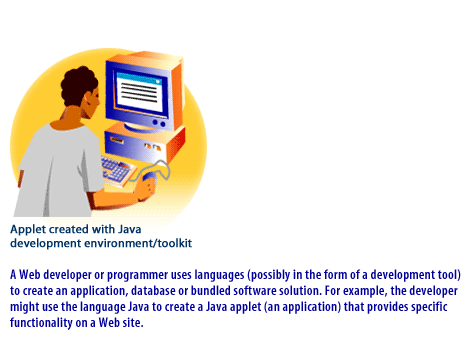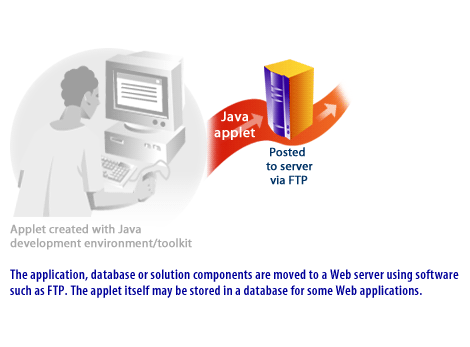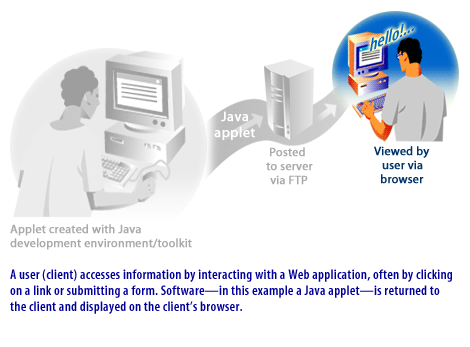Team Software Process
Every great piece of software starts with a customer's big idea.
It is your job as a professional software developer to bring those ideas to life.
But taking a vague idea and turning it into working code, code that satisfies your customer, is the challenge of understanding all of the benefits of object technology.
By delivering software that is needed, on-time, and on-budget, you will be able to maximize profit for your company.
By delivering software that is needed, on-time, and on-budget, you will be able to maximize profit for your company.
Personal Software Process (PSP)
PSP is based on the work of David Humphrey. PSP is a scaled down version of industrial software process.
PSP is suitable for individual use. It is important to note that SEI CMM does not tell software developers how to analyse, design,
code, test, or document software products, but assumes that engineers use effective personal practices.
PSP recognises that the process for individual use is different from that necessary for a team.
The quality and productivity of an engineer is to a great extent dependent on his process. PSP is a framework that helps engineers to
measure and improve the way they work. It helps in developing personal skills and methods by estimating, planning, and tracking performance against plans, and provides a defined process which can be tuned by individuals.


